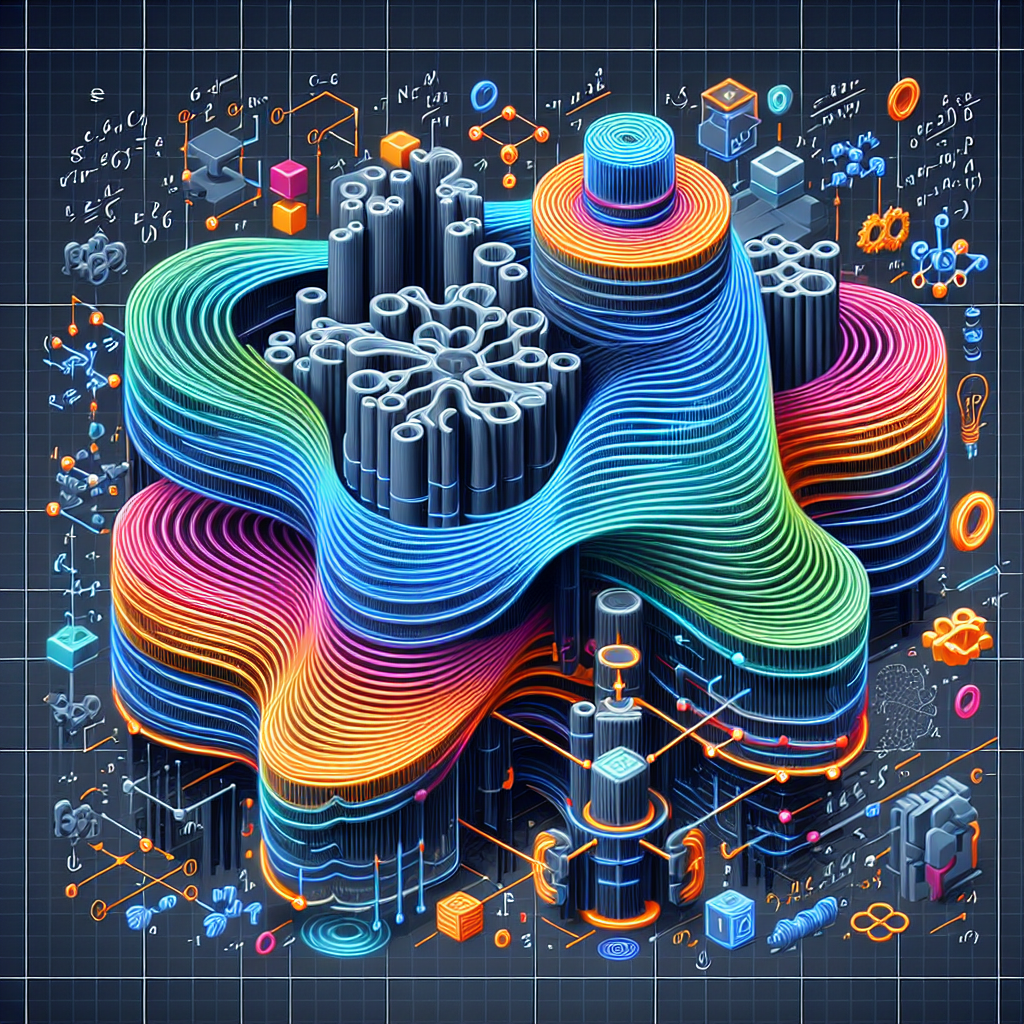Your cart is currently empty!
Understanding Deep Learning: Implementing CNNs with PyTorch and TensorFlow

Deep learning has revolutionized the field of artificial intelligence, enabling machines to learn complex patterns and make intelligent decisions. Convolutional Neural Networks (CNNs) are a type of deep learning model that is particularly effective for image recognition tasks. In this article, we will explore how to implement CNNs using two popular deep learning frameworks, PyTorch and TensorFlow.
PyTorch and TensorFlow are both open-source deep learning frameworks that provide a wide range of tools and libraries for building and training deep neural networks. They are widely used in research and industry for developing cutting-edge deep learning models.
To understand how CNNs work, it is important to first understand the basic building blocks of a neural network. A neural network is composed of layers of neurons, each of which performs a specific mathematical operation on the input data. In a CNN, these layers are organized in a hierarchical manner, with each layer learning to extract different features from the input data.
The key components of a CNN are convolutional layers, pooling layers, and fully connected layers. Convolutional layers apply filters to the input data to extract features such as edges, textures, and shapes. Pooling layers downsample the feature maps generated by the convolutional layers to reduce the computational complexity of the network. Fully connected layers combine the extracted features to make predictions about the input data.
To implement a CNN using PyTorch, we can use the torch.nn module, which provides a wide range of pre-defined layers and activation functions. We can define our CNN model by subclassing the nn.Module class and implementing the forward method, which specifies how the input data flows through the network.
Similarly, in TensorFlow, we can use the tf.keras module to define and train a CNN model. We can create a Sequential model and add layers to it using the add method. We can also use the tf.layers module to define custom layers and operations for our CNN.
Once we have defined our CNN model in PyTorch or TensorFlow, we can train it using a dataset of labeled images. We can use optimization algorithms such as stochastic gradient descent (SGD) or Adam to update the weights of the network and minimize the loss function.
In conclusion, understanding deep learning and implementing CNNs with PyTorch and TensorFlow can enable us to build powerful image recognition models. By leveraging the capabilities of these frameworks, we can develop sophisticated deep learning applications and push the boundaries of artificial intelligence.
#Understanding #Deep #Learning #Implementing #CNNs #PyTorch #TensorFlow,understanding deep learning: building machine learning systems with pytorch
and tensorflow: from neural networks (cnn

Leave a Reply